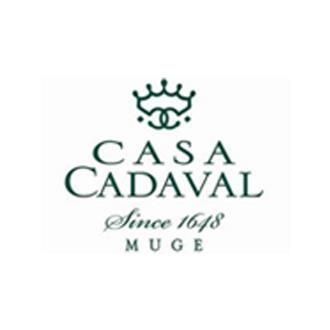TEJO REGION
The Tejo region is located in the very heart of Portugal, a short drive from the capital city of Lisbon. Pulsing with a rich heritage, Tejo claims a bounty of historical treasures scanning the pages of time, from Roman ruins and Gothic castles, to Manueline monasteries and medieval hilltop villages. To the Portuguese, Tejo is known as the land of vineyards, olive groves, cork forests, Mertolengo cattle, and the famous Lusitano horses.
Viticulture has deep roots in Tejo and it is heralded as one of the oldest wine producing regions in the country. Vineyards have graced the banks of the Tejo River (Tagus in English) since Roman times, and the influence of past grape-growing cultures is evident in the many architectural relics dotting the landscape.
Formerly known as Ribatejo, since 2009 the region has now simply been called Tejo, a tribute to the river that has defined its landscape, climate and economy for centuries. The river can also be credited for shaping the distinct Tejo terroir, making the surrounding plains and riverbanks an ideal terrain to cultivate Portugal’s native grapes.
Bairro
The Bairro area is located north of the Tejo River. These highlands are comprised of rolling hills and sweeping plains rich with limestone and clay soils. Further north, patches of earth contain schist deposits, encouraging the vines to establish deeper roots.

Charneca
To the south of the Tejo, is the Charneca zone. The Charneca is a dry, flat area marked by poor, sandy soils that force the vines to struggle, and in turn produce more complex fruit. In this zone, higher temperatures compel the grapes to mature faster than in the rest of the Tejo region.

Campo
The Campo lies along the very edges of the Tejo riverbanks. The proximity to the river lends to a more maritime climate, moderating the temperatures and helping to contribute to the fruitiness, acidity and freshness in the wines. The alluvial soils of these plains provide good drainage and sustain the many vineyards located here.

Foot-treading
Using what are referred to as lagares (large shallow stone or concrete tanks), the grape harvest becomes a community affair at many wineries in Tejo. The tradition of crushing the grapes by foot is regarded as a more gentle way to process the fruit. It is said that the flavor of the wine can be compromised if the bitter seeds of the grapes are crushed with the pulp – something that is avoided through foot-treading.
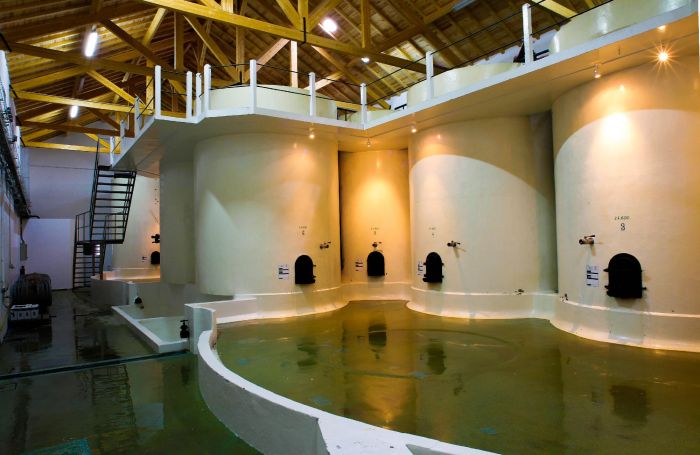
Harvest by the Community
Every wine region is characterized by its own local traditions during harvest season. In Tejo, most of the grapes continue to be hand-harvested by local women from surrounding villages. On any given day during the season, you will hear traditional folk songs being sung during the long days of harvest.
Watch this news.

Use of Cork from the Local Forests
When bottled, wines from Tejo are sealed using the native, natural and sustainable Portuguese cork from the neighboring cork forests. Winemakers all over Europe have used cork closures in wine since the 17th century.
Native to Portugal, cork trees thrive in the country’s hot, dry climate and account for nearly half of the world’s cork production. The Tejo region has over 30,000 acres of cork forests and the municipality of Coruche in the Sanatrém district is the single largest cork producing area in all of Portugal.
Cork is harvested by hand, as it has been for centuries. Workers strip off the bark of each tree about every ten years, allowing the bark to regenerate for the next harvest. It is only after the second or third harvest (about 25 years) that the cork quality will be high enough for use in wine production.
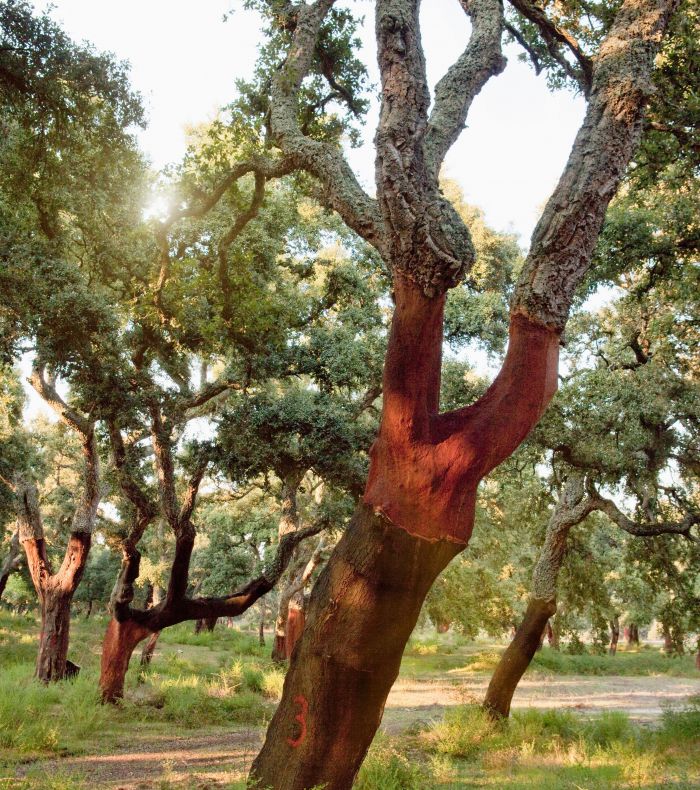
Winemaking in the Tejo region dates back to 1170, before the founding of the Portuguese kingdom. During the Middle Ages, land concessions required trustees to plant both olive trees and vineyards on the land parcels.

During the Age of Discovery (c.1400), Prince Henry the Navigator, ordered Portuguese explorers to travel the trade routes from Europe through Africa and the Middle East. Departing from the Tejo river’s estuary at Lisbon, ships were packed with Portuguese wine and other supplies to give sustenance to the mariners on their long journey.
Prince Henry was also a successor to the Knights Templar, which was based in city of Tomar located in the foothills of the mountains of the Serra de Aire at the northern-most edge of the Tejo region.

By the 1600s, the Santarém District was developing economic importance, as it became the major supplier of goods bound for Lisbon, from ships sailing the Tejo.
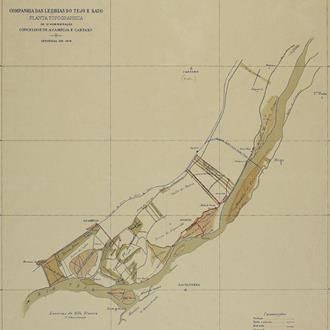
Portuguese royalty has been present in Tejo for centuries and many of the suppliers to passing ships were agricultural estates owned by the monarchy. The vast Companhia das Lezirías estate was founded in 1836 by the Portuguese Crown, led by Ferdinand II. Now state-run, the estate is home to agricultural farmland, bird sanctuaries, cork forests and vineyards.
Santarém
A picturesque medieval city within the Santarém District, has a panoramic view overlooking the Tejo River. Gothic art and architecture abound, and the city has the most number of Gothic churches of any city in Portugal. There are also many fine examples of Manueline, Renaissance and Baroque architecture. The city is also home to a medieval castle, as well as many convents and monasteries.

Convento de Cristo
It can be found in the historic city of Tomar, located in the Santarem District in the northwest part of the Tejo region, and is a designated UNESCO World Heritage site, and was originally the Knights Templar fortress.
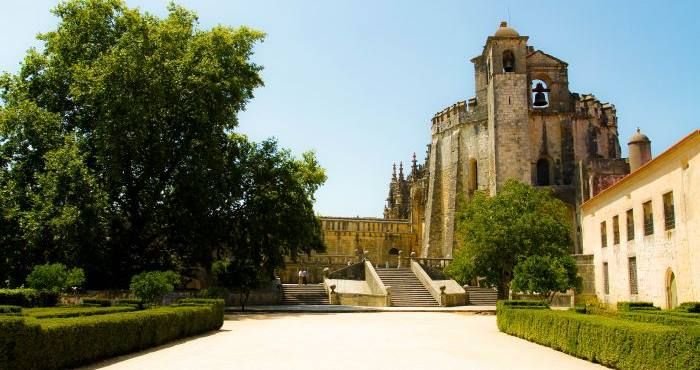
Lusitano Horses
These are one of the oldest horse breeds in the world, and were originally bred in the Tejo region. These famous "dancing horses" are integrated into the very fabric of the region with many wine estates stabling Lusitanos, with related dressage areas.
















